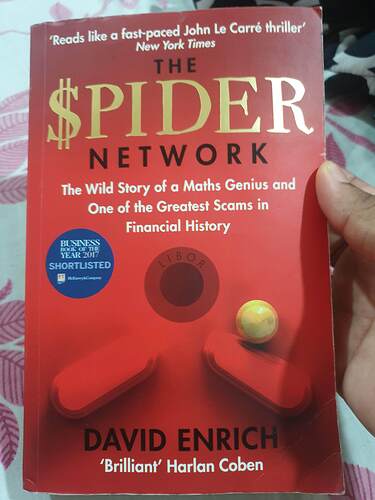The Idea Factory, Jon Gertner, 2012 - What stimulates innovation? Why do some countries/businesses innovate more than others? You may find some nebulous answers to those questions from this book, which covers a 100 years of AT&T and Bell Labs which was an absolutely fascinating read. My takeaway was that seemingly insurmountable problems, assurance of risk capital (either through regulation/monopoly/policy whatever), a culmination of brilliant minds from multiple disciplines all working under the same roof without barriers of disciplines and departments and deadlines, where fundamental and applied research worked hand-in-hand could create magical things. Also, the book doesn’t use the word “innovation” lightly. Tweaking a platform/product to run faster or making it more desirable, doesn’t count as innovation. Things which are ground-breaking that completely turn not just their industry but adjacent industries upside-down only count. By that measure, probably no other Organisation may have contributed to innovation as much as Bell Labs.
Let’s look at some of the things Bell Labs has done - From making telephone lines that could carry signals across the country through repeaters/amps (vacuum tubes - which found applications elsewhere as well), to creating switching systems for telephone, concept of quality control (mandate was that things like poles and cabling had to last 40 years under rough weather, pests and in the case of a telephone receiver, even human moods), radars, radio astronomy, pretty much all early research on solid state physics, the first transistor in an attempt to replace vacuum tubes which went on to find extremely varied usecases from transistor radios to computers and everything in-between, photo-voltaic cells (solar cell), undersea cables, pulse code modulation, laser, optic fibres, communication satellites (telstar), cryptography, UNIX/C and of course information theory and laying the foundation for the information age. Seen from this perspective, not many things that have come after have been ground-breaking in terms of innovation and even when there is, not one company has created so many of them that have found applications in several industries.
The book is written in a riveting style where the story of innovation and innovators is told together, so you can sort of see the environment which fostered it. There are mini-verbal portraits of Kelly, Shockley, Shannon, Pierce, Baker and other brilliant minds that worked under one roof in the Golden age of Bell Labs. It would almost seem that the breaking up of the monopoly of AT&T ended innovation at Bell Labs and it pretty much lost the plot then on. However, some of the knowledge that flowed out laid the foundation for companies like Intel and the silicon valley. Bell Labs was broken, acquired, sold, re-sold, renamed and lost but the strong foundation laid by the innovations live in pretty much everything we use today. Maybe monopolies work, or rather the R&D spends that monopolies can afford to do, because of subsidisation of it from profitable arms help. Though competition helps lower cost of products and services by marginal innovation, ground-breaking leaps in innovation need incubation of ideas for longer periods and need a lower cost of capital and a mind free to wander from everyday PnL realities. If research and innovation and brilliant minds fascinate you, don’t miss this book. 10/10
![]()

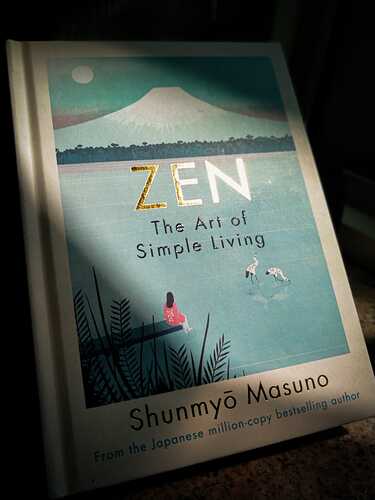
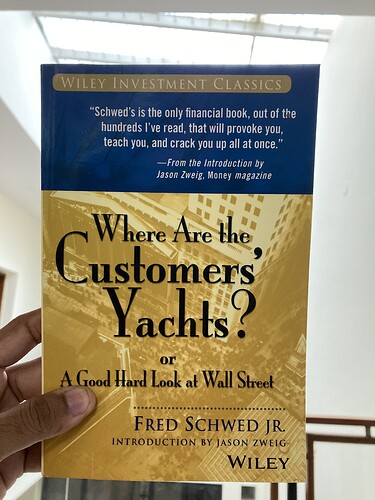

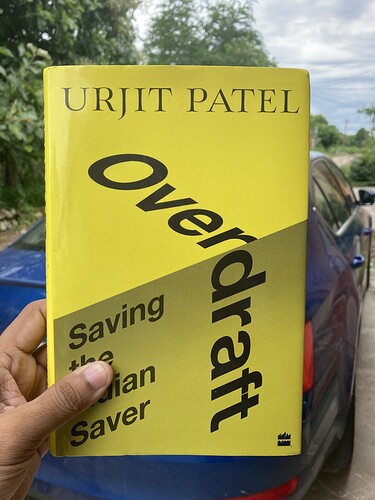
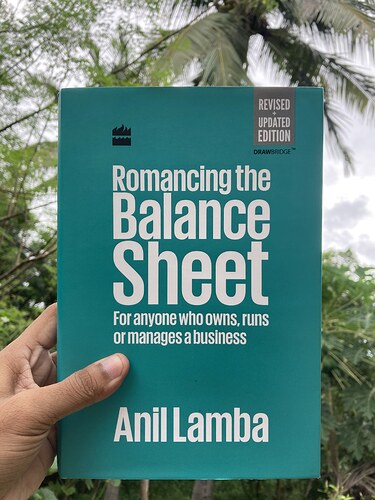


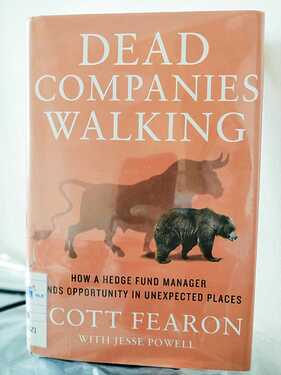

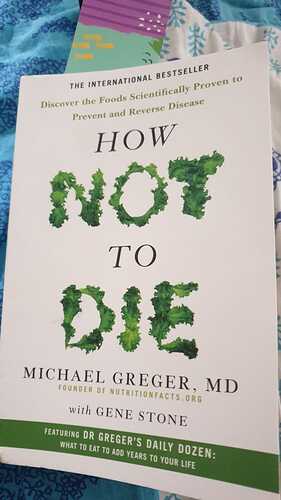
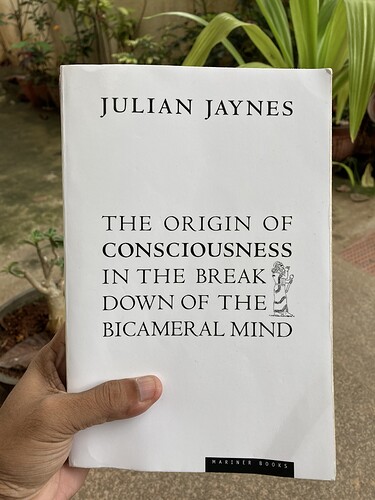

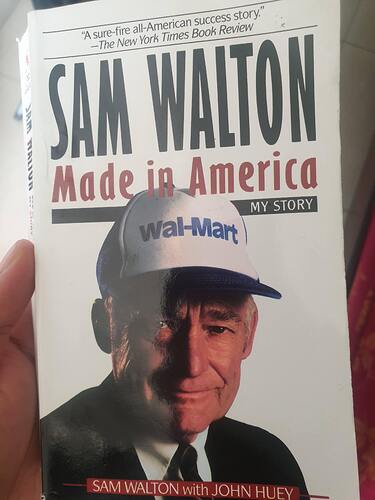

 ; King of capital - will order soon. Thanks for “Bank for the Buck” review. It’s useful, keep it up. Thanks.
; King of capital - will order soon. Thanks for “Bank for the Buck” review. It’s useful, keep it up. Thanks.